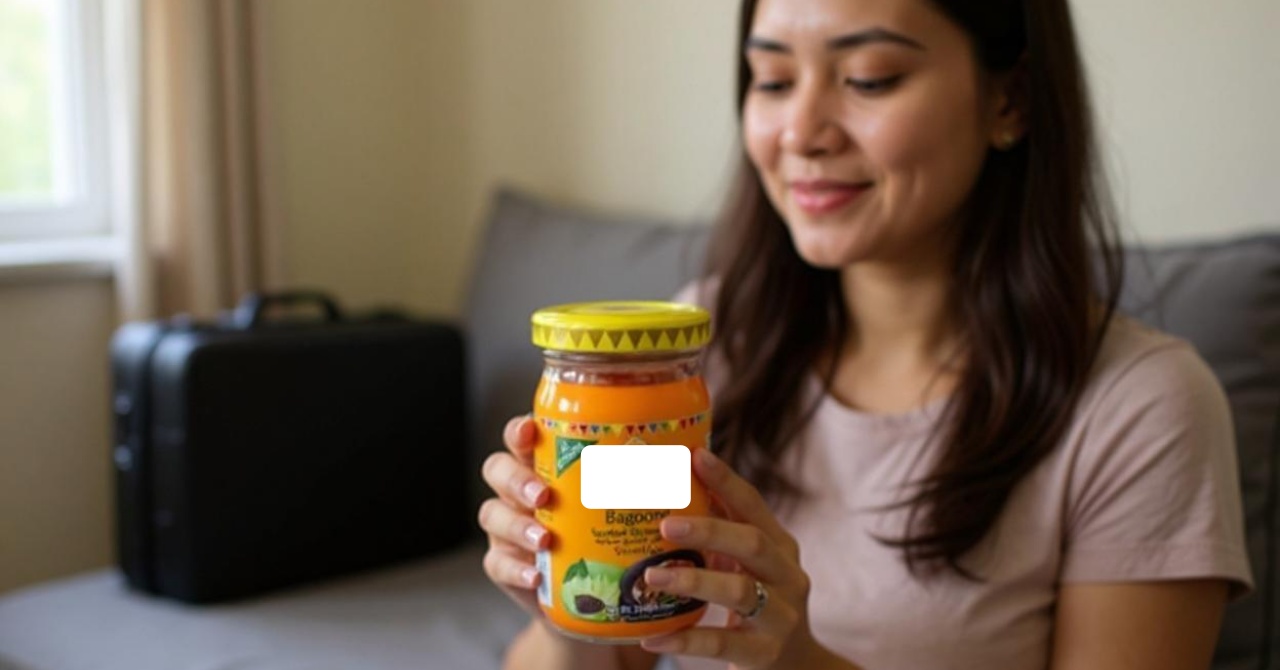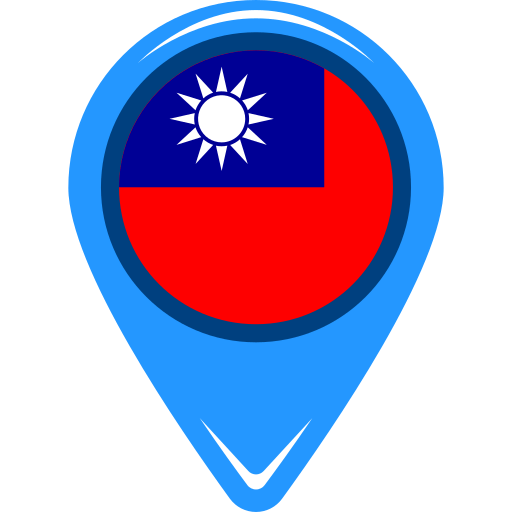First of all, I’m not here to tell you that contraband is a good thing. Everyone knows it isn’t. Yet sometimes the only way to keep your footing on an overnight flight to Taoyuan is to wedge a well-sealed jar of bagoong between sweaters. Filipino food to bring to Taiwan is more than a shopping list. It is a rescue kit that cushions homesick evenings with familiar flavor.
Also Read: 7 Affordable Grocery Market Shopping Tips for OFWs

Why We Risk the Extra Kilo
The first morning I woke up in a Hsinchu dormitory the air smelled like steamed cabbage. It was fine, just not home. By lunch I craved the salty-sweet kick of bagoong and the warm hug of three-in-one coffee. Unpacking those “illegal” comforts felt like a quiet revolt against isolation. Each spoonful tasted like family chatter during tinikling practice back in Bulacan.
Filipino Food to Bring to Taiwan: Essential Items to Bring Inventory
| Item | Why It Earns Luggage Space | My Quick-Fix Use |
| Bagoong | One spoon revives childhood memories of karne norte with fresh tomatoes. | Stir into stir-fried kangkong when dorm food tastes bland. |
| Magic Sarap | Instant umami when local five-spice feels too sweet. | Sprinkle over adobo for a familiar kick. |
| Vicks VapoRub | The scent equals Mom’s care after a long fiesta shift. | Rub on tired soles after a 12-hour factory line. |
| Dried Mangoes | Chewy sunshine that survives suitcase pressure. | Afternoon pick-me-up between assembly runs. |
| Instant Coffee Packs | Taiwanese drip can taste sharp; kopiTAB sachets taste like sari-sari mornings. | Morning “hug in a mug” before the six-o’clock shuttle. |
| Vacuum-Sealed Biko or Suman | Sticky rice sweetness recalls Sunday parish bazaars. | Share slices on payday to spark quick friendships. |
Staying on the Right Side of Customs
Taiwanese officers allow small amounts of processed food if factory-sealed and declared. Fresh meat, seeds and open jars risk confiscation or fines. Review current rules for prohibited items Taiwan customs on the BOCA website before packing. Double-bag glass jars, label them “personal food,” and stay honest on the declaration form. Peace of mind always beats a penalty at the green lane.
My Must-Bring Items Checklist
- Vacuum-seal sticky-rice desserts and freeze overnight to limit spoilage
- Choose PET plastic jars for bagoong and wrap them in two zip-lock bags
- Distribute weight by tucking seasonings in shoes and dried mangoes between shirts
- Tape bottle lids, then wrap in cling film for extra security
- Keep receipts for sealed goods in case customs officers ask
Why These Items Matter
Eating adobo spiked with dorm-room bagoong feels like receiving a blessing. The aroma fills the hallway, and strangers become kakabsat sharing rice in plastic bowls. These modest comforts anchor us to tradition, convert loneliness into laughter and prove that distance cannot dilute the Filipino spirit.
Frequently Asked Questions (FAQ)
Can I bring bagoong to Taiwan?
Small jars under one kilogram, factory-sealed and declared at customs, are usually allowed. Rules can change, so check the latest list of restricted food items.
Is a rice cooker allowed in checked luggage?
Yes, as long as it is clean, dry and free of food residue, but it may receive an extra security scan.
Will my three-in-one coffee be taxed?
Quantities for personal use rarely incur duty. Large boxes may draw scrutiny.
What happens if customs confiscates my food?
Officers will discard it, and you may pay a fine for undeclared items. Honesty greatly reduces risk.
OFW Story: “Pwede Ba Ito?” Hotline
Scrolling through TravelPH on Reddit, I spotted a soon-to-fly couple panicking over their 46-kg baggage allowance for the U.K.—then casually off-loading a gym membership like it was a pair of pre-loved sneakers. (Respect the hustle, ate and kuya—relocation funds don’t grow on mango trees!) Their thread inspired this lighthearted Q&A, perfect for anyone weighing each shampoo sachet like it’s gold dust.
| Question from the “About to be an OFW” Thread | My Cheerful, Totally Legal Take |
| “What single Pinoy item should never be left behind?” | A small sachet of Vicks—the Swiss Army Knife of Filipino households. Sniff it, spread it, share it; just keep it under 100 ml if it’s in hand-carry. |
| “How do we stay fit without our PSP gym subscription?” | Turn your rice cooker into a kettlebell. Ten reps of bicep curls while the kanin steams, and you’ll break a sweat and have dinner ready. |
| “Best homesickness hack?” | Schedule Friday karaoke with fellow OFWs (virtual works too). Crooning Bakit Pa Ba over video call magically halves loneliness—even if neighbors mistake you for an ’80s power ballad revivalist. |
| “Is it worth lugging bagoong?” | If a 60-gram jar stops you from bulk-ordering pricey take-out, then yes. Just double-bag and declare it like a proud Pinoy diplomat at customs. |
| “Any budgeting secret for the first month?” | Cook sinangag with leftover rice, canned tuna, and a dash of Magic Sarap. It costs less than a ride on the MRT and tastes like you never left Lola’s kitchen. |
Remember: laughter weighs nothing—pack plenty. And when you do squeeze that beloved jar of bagoong beside your thermal socks, keep the seal tight and your declaration honest. Cheaper than customs fines, mas masarap pa!
Conclusion
Crossing the sea is hard. Yet the smell of bagoong sizzling in a dorm-pan or the menthol of Vicks on tired feet transforms a strange apartment into familiar ground. Pack wisely, declare honestly and keep those edible lifelines close. Filipino food to bring to Taiwan does more than fill stomachs; it stitches hearts across oceans.
